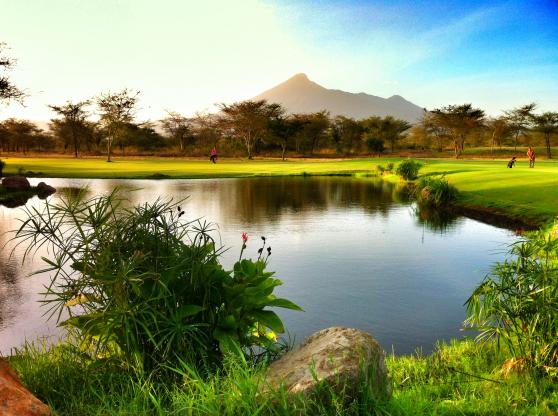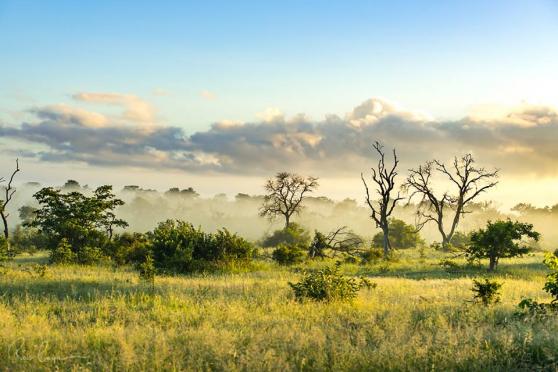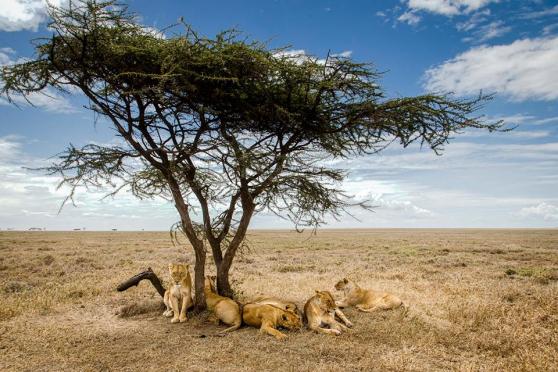Endowed with superlative wildlife and varying landscapes, Tanzania is also blessed with a tropical climate that only highlights two distinct seasons: dry and wet. This means that in order to plan your Tanzania adventure, you should also consider the time of year that you want to travel. This is because the season significantly affects your wildlife experiences.
In Arusha, there are two wet seasons and two dry seasons. The long rainy season is from March to May, and most of the annual rainfall occurs in these months. The short rainy season is in November and December, which exhibit rains that only last for a few hours or even minutes. The long dry season happens between June and October, with August typically known to be the driest month. The short, hot, dry season is in January and February with sporadic rains.
Average temperatures are highest in February with high of around 82 F (28 C) and lows of 54 F (12 C), while the lowest temperature is in July with highs of 72 F (22 C) and lows of 54 F (12 C). Humidity levels in Arusha are typically above 60%, and the level rises gradually from April through July to nearly 80% humidity. The good news is, Arusha offers many attractions that are not weather-dependent, such as markets, museums, historical and cultural sites. But, if you plan to climb Mount Kilimanjaro or Mount Meru with Uhuru Trails during your stay in Arusha, weather is definitely a factor.
The best months to climb Mount Meru are from June to February with pockets of short rains in November and December. The best climbing seasons for Mount Kilimanjaro are during dry seasons which are from January to February and June to October. The weather on the mountain is a bit cooler from January to March, and there may be snow. The sky, though, is typically cloudless during this time, so the views are phenomenal, and there are typically fewer climbers. June through October is the peak climbing season due to the summer holidays and so, seeing more trekkers on the mountain during these months is only natural.

 1-321-766-6821 |
1-321-766-6821 | 




